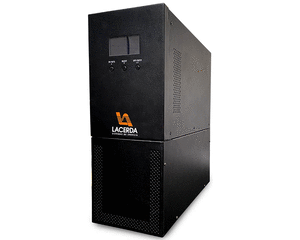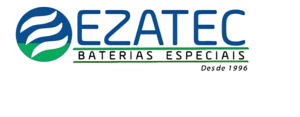The Analysis and Comparison of Leakage Inductance in Different Winding Arrangements for Planar Transformer Ziwei Ouyang, Ole C. Thomsen, Michael A. E. Andersen Department of Electrical Engineering, Technical University of Denmark
Abstract -- The coupling of the windings can be easily
increased by using multiply stacked planar windings connection.
Interleaving is a well-known technique used to reduce leakage
inductance and minimize high-frequency winding losses. The
paper aims to analyze leakage inductance based on magneto
motive force (MMF) and energy distribution in planar
transformer and correct the formula of leakage inductance
proposed by previous publications. The investigation of different
winding arrangements shows significant advantages of
interleaving structure. In this work, a novel half turn structure
is proposed to reduce leakage inductance further. Some
important issues are presented to acquire desired leakage
inductance. The design and modeling of 1 kW planar
transformer is presented. In order to verify the analytical
method for leakage inductance in this paper, finite element
analysis (FEA) and measurement with impedance analyzer are
presented. Good matching between calculation, FEA 2D
simulation and measurement results is achieved.

.gif)








